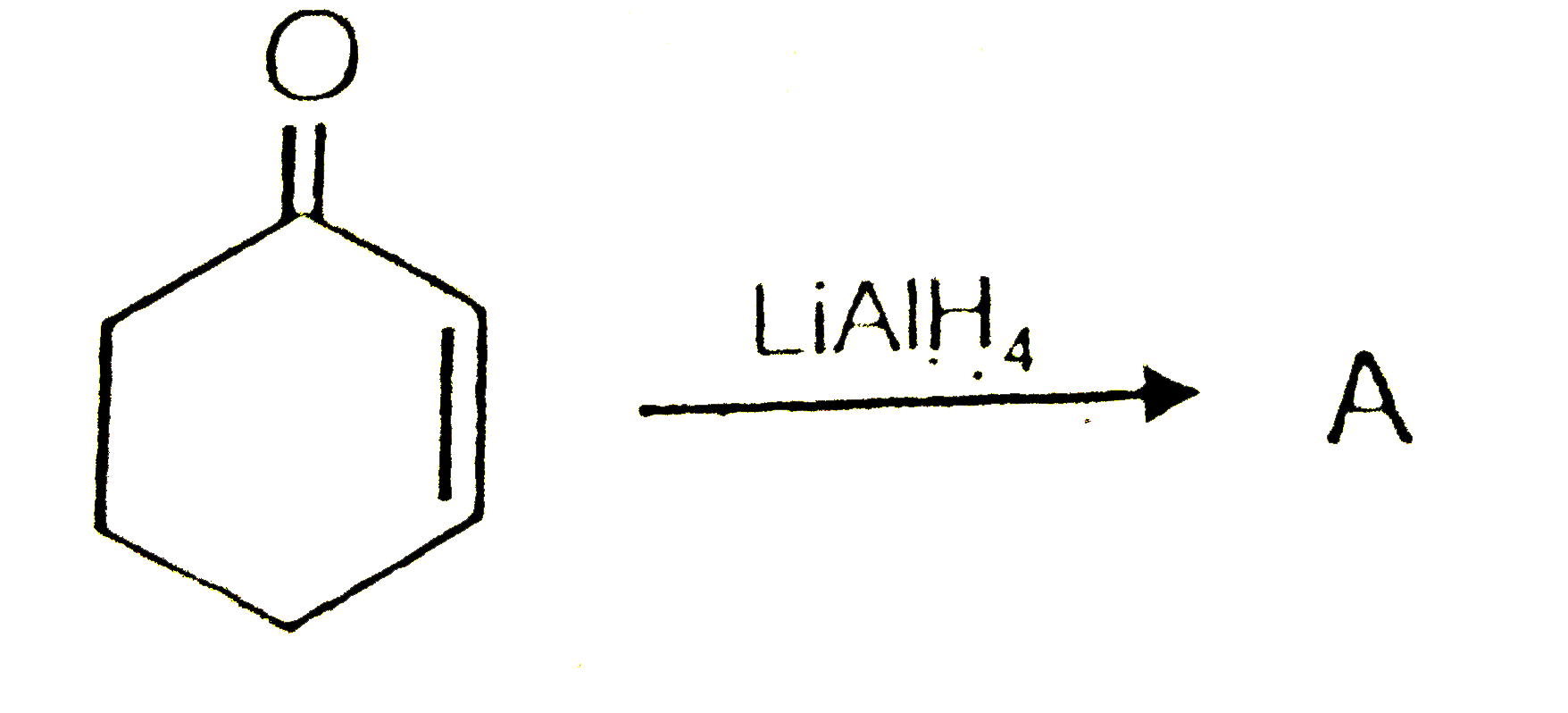In common Turtles the females predominant at
Below 28∘C
Above 33∘C
Between 28∘−33∘C
Sex is genetically determined.
The correct Answer is:B
To solve the question regarding the sex determination in common turtles, we need to analyze the temperature ranges provided in the options and their corresponding effects on the sex of the turtles.
1. Understanding Temperature-Dependent Sex Determination:
- In common turtles, the sex of the hatchlings is influenced by the temperature at which the eggs are incubated. This phenomenon is known as temperature-dependent sex determination (TSD).
2. Analyzing the Options:
- Option 1: Below 28 degrees Celsius:
- At temperatures below 28 degrees Celsius, male turtles are predominantly produced. Therefore, this option is incorrect for the question asking when females are predominant.
- Option 2: Above 33 degrees Celsius:
- At temperatures above 33 degrees Celsius, male turtles are also predominantly produced. Thus, this option is incorrect for female predominance.
- Option 3: Between 28 and 33 degrees Celsius:
- This temperature range typically results in a mix of both male and female turtles. Since the question asks for when females are predominant, this option is also incorrect.
- Option 4: Sex is genetically determined:
- This statement is incorrect in the context of common turtles, as their sex is determined by the incubation temperature rather than genetics.
3. Conclusion:
- Based on the analysis, the correct answer to the question "In common turtles, females are predominant at" is none of the provided options accurately reflect the conditions for female predominance. However, if we consider the context of the question, it is commonly understood that females are predominantly produced in the temperature range between 28 and 33 degrees Celsius, leaning more towards the lower end of that range.
Final Answer:
- Females are predominantly produced in common turtles at temperatures between 28 and 33 degrees Celsius.
- In common turtles, the sex of the hatchlings is influenced by the temperature at which the eggs are incubated. This phenomenon is known as temperature-dependent sex determination (TSD).
- Option 1: Below 28 degrees Celsius:
- At temperatures below 28 degrees Celsius, male turtles are predominantly produced. Therefore, this option is incorrect for the question asking when females are predominant.
- Option 2: Above 33 degrees Celsius:
- At temperatures above 33 degrees Celsius, male turtles are also predominantly produced. Thus, this option is incorrect for female predominance.
- Option 3: Between 28 and 33 degrees Celsius:
- This temperature range typically results in a mix of both male and female turtles. Since the question asks for when females are predominant, this option is also incorrect.
- Option 4: Sex is genetically determined:
- This statement is incorrect in the context of common turtles, as their sex is determined by the incubation temperature rather than genetics.
- Based on the analysis, the correct answer to the question "In common turtles, females are predominant at" is none of the provided options accurately reflect the conditions for female predominance. However, if we consider the context of the question, it is commonly understood that females are predominantly produced in the temperature range between 28 and 33 degrees Celsius, leaning more towards the lower end of that range.
- Females are predominantly produced in common turtles at temperatures between 28 and 33 degrees Celsius.
Topper's Solved these Questions
- HUMAN EVOLUTIONBOOK - DINESH PUBLICATION ENGLISHCHAPTER - HUMAN EVOLUTIONEXERCISE - Check Your Grasp
10 Videos
- GROWTH, REPAIR, REGENERATION AND AGEINGBOOK - DINESH PUBLICATION ENGLISHCHAPTER - GROWTH, REPAIR, REGENERATION AND AGEINGEXERCISE - Brain Teasers-VI[B]
6 Videos
- HUMAN HEALTH AND DISEASEBOOK - DINESH PUBLICATION ENGLISHCHAPTER - HUMAN HEALTH AND DISEASEEXERCISE - CHECK YOUR GRASP
17 Videos
Similar Questions
Knowledge Check
Assertion: Infection of the urethra is more common in males than in the females.
Reason: Urethra is shorter in the males than in the females.A(a) If both Assertion and Reason are true and the Reason is the correct explanation of the Assertion.B(b) If both Assertion and Reason are true and the Reason is not the correct explanation of the Assertion.C(c) If Assertion is true but the Reason is false.D(d) If both Assertion and Reason are false.

